I’ve written previously about why it probably sucks to walk around your city. But I still think you should do it if you really want to understand the built environment around you.
At the end of the day, no matter how many machines and robots whirl and march into our future, cities are primarily human habitats. If we want to create more human, sustainable and vibrant cities, we need reliable information about how well (or not) the environment fits human needs and much of this information comes to us based on how we move through the city.
While every mode of transit brings some type of information, the best data comes from walking. As the most fundamental, least-mediated method of human mobility, walking puts us in direct contact with the city, leading to a more authentic understanding of how its design affects us as social beings.
When we walk, we have to bring our full selves to the job. Our bodies have to literally push us around. Our senses are on high alert, we are neurologically in dialogue with the environment around us and we experience other people differently. All of this adds up to a more robust set of data about how our cities function.
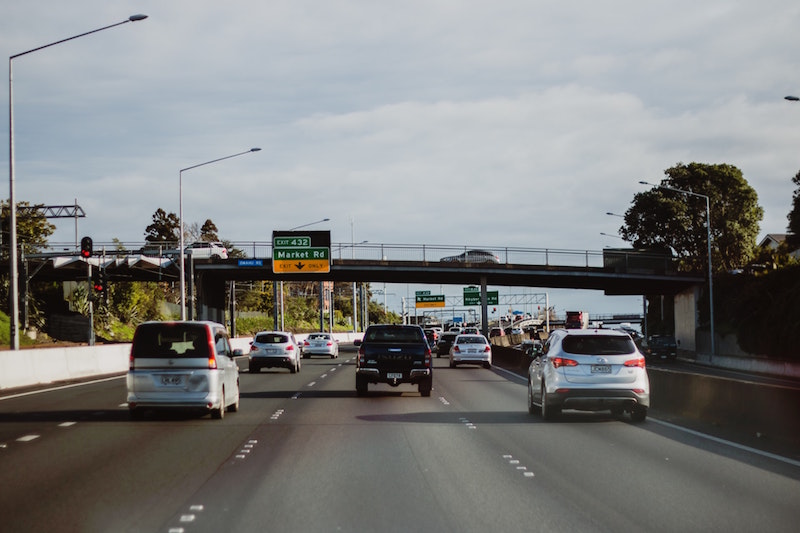
Different modes of transit = different priorities
When we’re enclosed in our cars, we miss out on this kind of complex data. The demands of driving force us to focus on different things: moving quickly, competing for limited space and avoiding accidents. We see the city through these needs and over time, they come to shape our design priorities.
As drivers, we want wide lanes, gracious speed limits, generous parking, quickly-changing lights and sensible lane-merging patterns. As walkers, we’re more interested in beauty, safety, and energy-conservation. We want narrow lanes, street lights, short blocks full of street life and density.
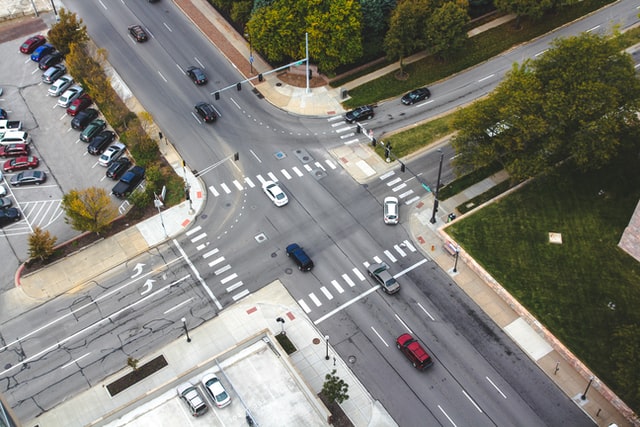
What drivers want
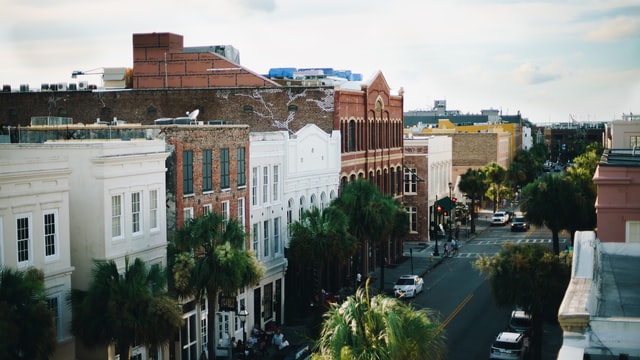
What pedestrians want
Most of us are used to getting around our cities by driving. How can we expand our vision and see the city more fully? By walking.
Grant it, walking is not sustainable for everyday life in the average American city, but we can still find “pockets of walking” here and there. Maybe park a few blocks away from the restaurant next time you’re meeting friends? Take a walk around downtown with your afternoon coffee? Intentionally walk a few blocks next time you visit a new neighborhood or city?
As you traverse the city in this slower fashion, you’ll be collecting more nuanced, complex data about the environment and how it affects you physically, neurologically and emotionally. Maybe you’ll meet some locals and see how the design of a place affects social norms and behaviors.
Here are three specific questions to guide your adventure:
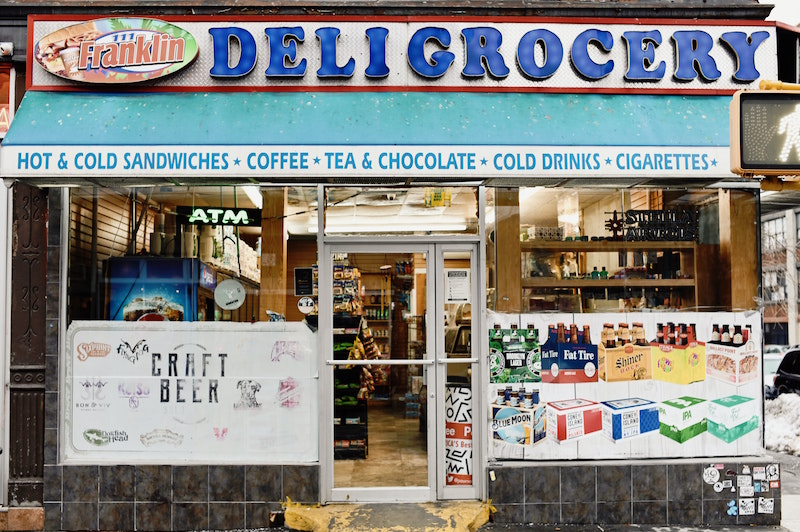
1. What can you access by walking?
Earlier this year, I bundled up in blankets with friends by a roaring fireplace in Waco, watching the city shut down due to a freak ice storm. One of the most jarring realizations of the entire experience was that I, along with the city’s 136K residents, were now unable to access food because our roads were iced over.
Like many American cities, Waco was once a collection of mixed-use neighborhoods, with homes anchored by commercial streets in close walking distance. Local pockets of local life like Sandtown and the 25th Street Corridor had plenty of amenities accessible by foot and biking. Here’s some anecdotal insight:
“It was a very caring neighborhood and we all liked it because we were so close to everything,” Crow said. “I could ride my bike down there, do what I needed and zip on back home.”
Source: Waco Tribune
The tornado of 1953 combined with the Urban Renewal Projects of the 60’s, the arrival of Lake Air mall in 1961 and the emergence of federally-backed standardized suburban development after WWII killed this pattern of local walkable design.
In Waco, these commercial strips are hanging on by a thread and there’s desire to bring them back. But until then, most residents exist in a state of engineered car-dependence. We simply must drive to conduct the affairs of ordinary life. As a result, our sense of space and distance becomes distorted by the car and we come to orient ourselves in the city based on what we can access by driving.
But while everything may seem accessible for humans in a car, not everything is accessible for a carless human. Walking is a chance to put aside our car-centered relationship to space and distance and to get a feel for what’s accessible on a human scale. As you walk around your city or neighborhood, take careful observation of what’s accessible. How easily could you conduct ordinary life without a car?

2. How safe is it to walk?
Just like driving, walking in our cities requires infrastructure: sidewalks, crosswalks, walking signals at traffic lights and pedestrian highways to name just a few. Yet many cities fail to provide functional and safe walking infrastructure, leaving walkers feeling vulnerable, nervous and afraid.
Here in Waco for instance, it’s a known fact that sidewalks will magically appear in some neighborhoods for a block, then disappear the next, completely covered by grass. Some curbs are ramped for stroller and wheelchair access while others are 10 inches high at the corner. In many places, sidewalks don’t exist at all, leaving people —-including parents with children in strollers —- to compete with cars for road space.
As you walk, take notice of things like intersections without pedestrian crosswalks, the speed of cars around you, the presence of trees, the length of blocks and the condition of sidewalks/curbs. Is the infrastructure inviting or discouraging? How does it make you feel as a pedestrian?

3. How neurologically safe is it to walk your city?
Physical infrastructure is one form of safety; the other kind is neurological. From my years as a traveling reporter, oftentimes exploring cities without a car, I know how intimidating it can be to walk around the city because of how awkward or vulnerable it felt to walk from one destination to another.
We subconsciously react to places based on their design all the time. For instance, humans instinctively prefer rounded corners over harsh angles, human scaled buildings over towering skyscrapers, narrow streets over wide ones, walking across a space diagonally instead of at right angles and buildings with lots of windows over solid faces.
Streets that are designed primarily for humans will take this into account. But streets designed to serve cars usually won’t. Places designed for drivers usually feature wide lanes for cars with narrow, unadorned sidewalks for walkers. You’re likely to find lots of long blocks, right angles and solid buildings. Many streets lack protection from the elements and stretch on for miles without visual or physical diversions. All of this leaves walkers feeling defensive, exhausted and vulnerable.
***
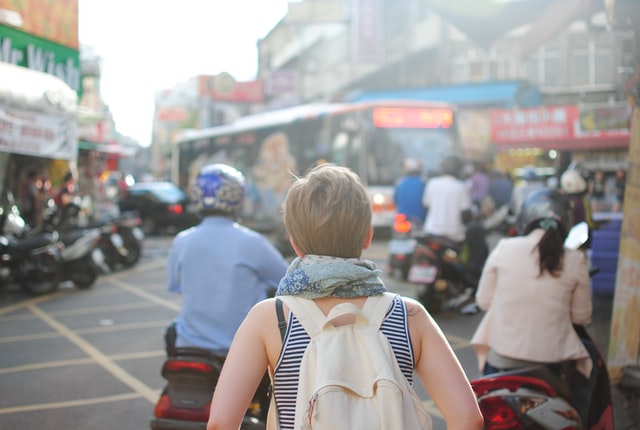
I find walking to be rewarding, no matter how treacherous or awkward it might feel. Not only is it physically stimulating, but I find it politically meaningful too. Walking for me has become a silent protest against American sprawl. It’s become an embodied expression of my personal commitment to questioning the city.
American sprawl is an isolating, inefficient and unsustainable approach to urban design that has been handed down to us by previous generations. While it’s what we have for now, it’s not a model of society-building that we must (or should) pass down to future generations. But before we can offer a new vision, we have to truly understand why the one we have doesn’t work.
We have to start by getting out of our cars. We have to start by confronting, observing and questioning the city.

One reply on “Three Questions to Ask While Walking Your City”
[…] someone who is living a car-less life, the psychological experience of navigating the urban landscape without a car can make all the difference when it comes to […]